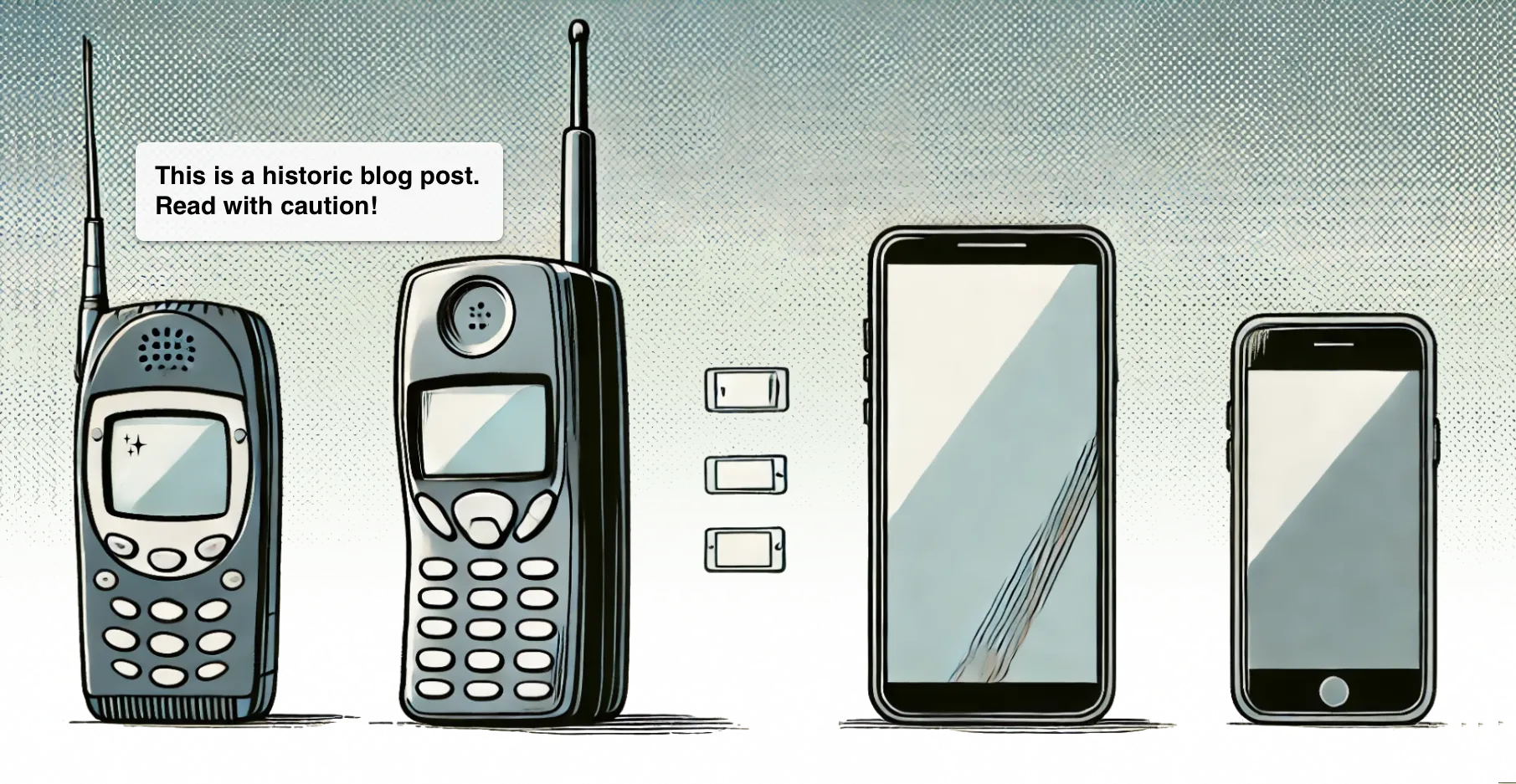Back at 2010’s MWC a number of leading telco companies announced the formation of an international alliances called ”Wholesale Applications Community” (WAC). Not a lot was heard since then until this year’s MWC (2011):
WAC launches its first products
WAC has announced its commercial launch with over 69 member companies already. The goal is to build a standardized platform for mobile widgets and apps based on W3C standards. Developers can deploy an app across multiple devices and operators. That means they can publish their apps to a “warehouse” and then an operator chooses the apps it needs. The developer doesn’t have to care about delivering his apps to each operator separately, this makes WAC effectively the man in the middle.“With the commercial launch of operator storefronts, handsets and applications, all based on WAC, we can say that WAC is now officially open for business,” Peters Suh, chief executive of WAC, said in a statement.
Eight major operators, such as Vodafone, China Mobile, Orange or Verizon, have announced they are now connected to the WAC platform and started to connect their app stores to the WAC marketplace, so that developers can reach a huge number of potential customers by uploading their apps to the WAC store. Vodafone already made many of their apps WAC compatible. There are currently more than 12,000 apps available via WAC in total.
Also device manufacturers such as Huawei, LG, Samsung, Sony Ericsson and ZTE support the WAC. Especially LG and Samsung announced that their devices, which are powerful enough will support the WAC runtime. Huawei unveiled its first WAC-enabled mobile phone and Ericsson a white-label storefront that others can customize and use as their own app store. IBM also introduced a storefront that provides access all of the currently available WAC apps - also available as white-label for operators.
So how does a WAC app look like?
WAC sticks to web standards & HTML5
WAC applications basically are local, web-technology based applications (our specialty) wrapped into a ZIP package. W3C widgets have largely been the base for the spec. The WAC standard encompasses definitions about application structure, packaging format and such.
The WAC stores and apps that already have been launched are based on WAC 1.0. This week WAC has launched the WAC 2.0 specifications, which supports HTML5. The WAC 3.0 release is scheduled for September 2011 and will contain in-app billing support and user identification.
Should you care about WAC?
The initiative shows that widgets and other apps based on web technology and web standards are becoming a real business. The WAC existence and support from many big players show that cross-platform compatibility and overcoming app store fragmentation are important topics.
For developers the WAC surely is a great service as it allows you to submit your app once and potentially have it listed in several app stores automatically.
Do you need to care about creating a WAC app?
As soon as you realize Apple’s iTunes Appstore and even the Android Market are not your only target, you should care about WAC. If you developed your application using web technology already then you should be able to port it to the WAC spec with low effort. If not it might be harder, but many native applications can be created using HTML5, CSS3 and JavaScript already.
In any case please talk to us - we can tell you how to do it!
Sources:
WAC Developer Site WAC Wiki (WAC Waikiki) WAC press release mobilebusinessbriefing.com zdnet.co.uk IBM press release heise.de
